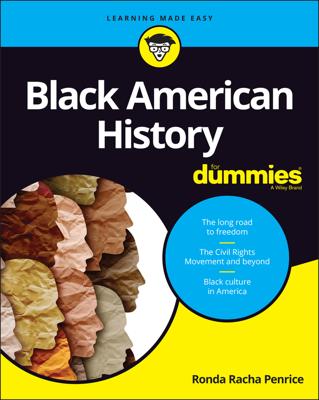Contrary to popular belief, W.E.B. Du Bois didn’t conceive the National Association for the Advancement of Colored People (NAACP). Instead, the NAACP began with a group of white people spurred to action by the horrendous Springfield Race Riot of 1908.
William English Walling, the son of a former slaveholding family, and his wife were in Illinois when the rioting erupted. Particularly disturbed that such a riot had occurred in the North, Walling wrote an article, “Race War in the North,” that provoked a response from Mary White Ovington, a white social worker who worked with African Americans in New York.
Early in 1909, Walling, Ovington, and Dr. Henry Moskowitz formed what would become the NAACP. They issued a call for a national conference to tackle the problems of African Americans. Endorsers of the NAACP included Du Bois, Jane Addams (social reformer and Nobel Peace Prize winner), John Dewey (psychologist and education reformer), and Ida B. Wells-Barnett, among many others. In May 1909, conference attendees laid the groundwork necessary for the NAACP. (Highly suspicious of white people, William Monroe Trotter didn’t attend.)
In 1910, the NAACP began formal operations with just one African American member among its officers: Du Bois served as Director of Publicity and Research. Under his leadership, The Crisis, the NAACP’s official magazine, took a strong stance against lynching and mob violence. People responded enthusiastically and, just three years later, the NAACP had 1,100 members; by 1921, it claimed more than 400 branches.
Spearheaded by Arthur Spingarn, the NAACP’s legal team became one of its most enduring legacies. Almost immediately, the team won three key Supreme Court cases:
Guinn v. United States (1915) upheld the 15th Amendment, voiding Oklahoma’s grandfather clauses.
Buchanan v. Warley (1917) declared Louisville ordinances forcing African Americans to live in certain areas unconstitutional.
Moore v. Dempsey (1923) forced a new trial for an African American man convicted of murder in Arkansas, partially because no African Americans sat on the jury.
With white and black attorneys working together, the NAACP began a diligent legal assault that chipped away at Jim Crow.

